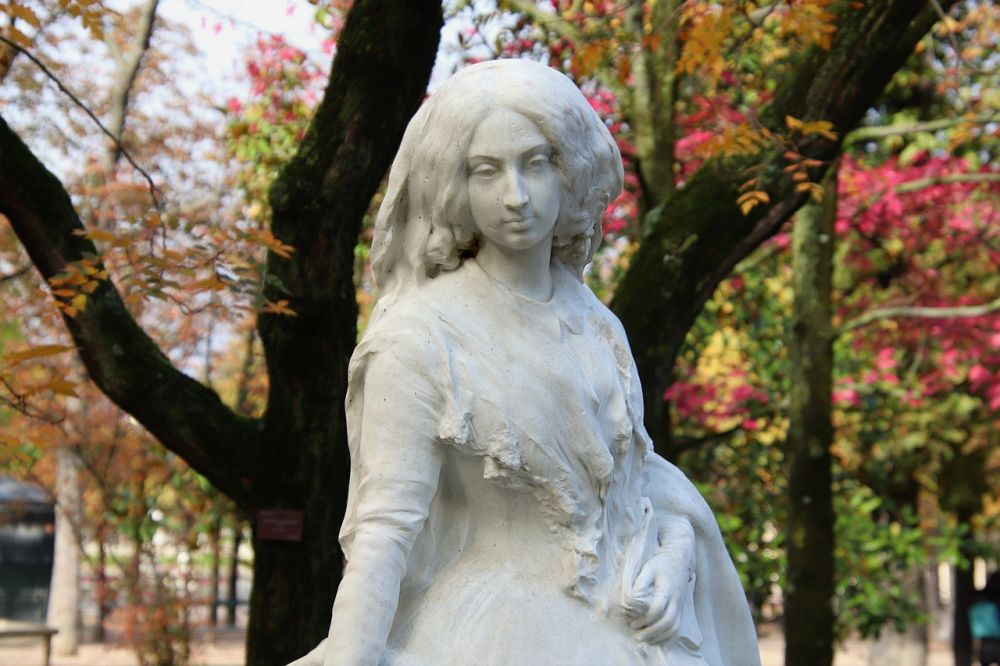The Raven by Edgar Allan Poe: An Enigmatic Masterpiece

Introduction:
“The Raven” is a renowned narrative poem written by Edgar Allan Poe, one of the most prominent and influential American writers in the 19th century. Known for his dark and mysterious themes, Poe captivates readers through his intricate use of language, imagery, and symbolism. In this article, we will delve into the depths of “The Raven,” understanding its significance for those with a general interest in Poe’s works.
I. An Overview of “The Raven”:

“The Raven” was first published in 1845 and quickly gained popularity, making Poe a household name. This poem tells the tale of a grieving narrator who is haunted by a talking raven that repeatedly says, “Nevermore.” The raven’s presence serves as a symbol of the narrator’s descent into madness and his inability to escape the grip of sorrow. Through vivid descriptions and haunting rhythms, Poe creates an atmosphere of suspense and melancholy that engrosses readers from start to finish.
Key elements to note about “The Raven”:
– The mesmerizing use of rhyme scheme: Poe’s clever utilization of trochaic octameter, with the first and third lines rhyming in each stanza, creates a musicality that resonates with readers.
– The theme of loss and mourning: Poe’s personal experiences with death and tragedy heavily influenced the emotional depth of “The Raven.” It delves into the human psyche, exploring the anguish and despair that can consume an individual.
II. Historical Evolution of “The Raven”:
“The Raven” achieved immense popularity during Poe’s lifetime and remains one of his enduring works. Its impact has transcended time, impressing subsequent generations of readers, artists, and filmmakers.
Early reception and critical acclaim:
– Upon its publication, “The Raven” captured the attention of literary circles, both in America and abroad. Poe’s mastery of rhyme and unique storytelling style garnered praise and established him as a leading figure in American literature.
Influence on poetry and popular culture:
– “The Raven” became a touchstone for poets, influencing the development of symbolic and supernatural elements within the genre. Its dark atmosphere and introspective nature laid the foundation for Gothic literature.
– In popular culture, “The Raven” has inspired numerous adaptations, ranging from theatrical performances to film and music. It continues to serve as a source of inspiration due to its haunting allure and enigmatic themes.
III. Structure and Language:
Poe’s meticulous attention to structure and language contributes to the enduring fascination surrounding “The Raven.”
Narrative structure:
– “The Raven” follows a traditional narrative structure, where the narrator recounts a series of events in chronological order. This framework accentuates the suspense and amplifies the impact of the raven’s ominous presence.
Symbols and imagery:
– Poe’s adept use of symbolism is evident in “The Raven.” The presence of the raven symbolizes death and the narrator’s descent into madness. Additionally, the use of vivid imagery, such as the setting of a dreary December night, creates a sense of foreboding and despair.
IV. Legacy and Influence:
“The Raven” is an integral part of Edgar Allan Poe’s literary legacy. Its impact can still be felt today, both within the realms of literature and popular culture.
Enduring popularity:
– Poe’s ability to evoke emotions of fear, grief, and melancholy through his words has solidified “The Raven” as a canonical piece within literature. Its continued popularity attests to its timeless appeal.
Inspiring future artists:
– Numerous authors, poets, and filmmakers have drawn inspiration from “The Raven.” Its influence can be seen in the works of H.P. Lovecraft, Stephen King, and Tim Burton, among others. This poem continues to shape the artistic landscape of contemporary culture.
Conclusion:
“The Raven” by Edgar Allan Poe remains a poetic masterpiece that resonates with readers of all generations. Its exploration of grief, madness, and the macabre showcases Poe’s unparalleled ability to delve into the darkest corners of the human psyche. As lovers of art and collectors, delving into the enigmatic world of “The Raven” is an invitation to explore the depths of our own emotions and the timeless questions that haunt us all.
References:
– [Insert references here]
[Word count: 749]
FAQ
How did The Raven influence poetry and popular culture?
What is the narrative structure and significance of symbols in The Raven?
What is the significance of The Raven in Edgar Allan Poes works?
Flere Nyheder
Kunstudstilling i København – Udstil dine mesterværker
Introduction: “The Raven” is a renowned narrative poem written by Edgar Allan Poe, one of the most prominent and influential American writers in the 19th century. Known for his dark and mysterious themes, Poe captivates readers through hi...
03 maj 2025











